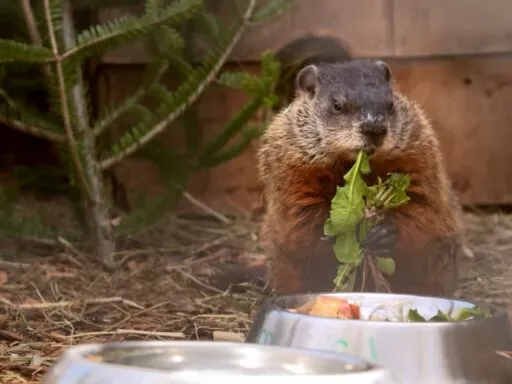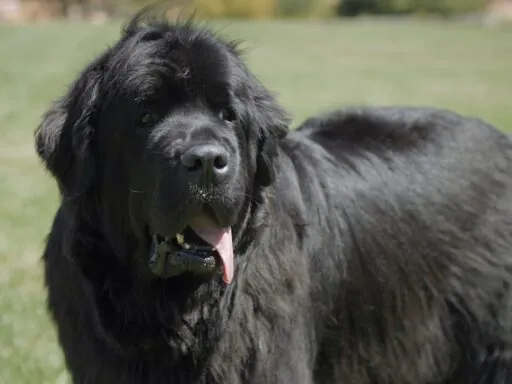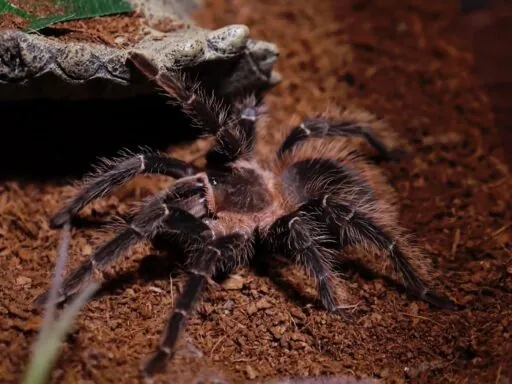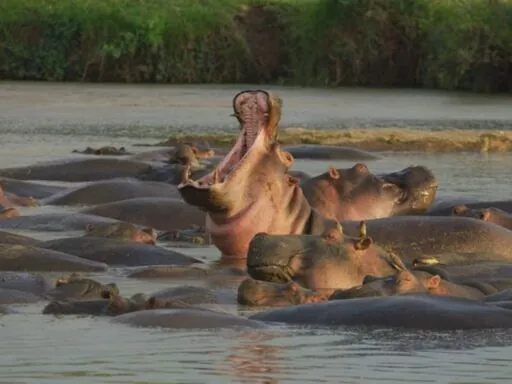Have you ever caught yourself spending hours looking at pictures of the cutest baby animals? Well, you’re not alone! We all have a soft spot for those tiny, fluffy, and utterly adorable creatures. From kittens that fit in the palm of your hand to baby pandas rolling around, these cute baby animals are sure to bring a smile to your face. Join us as we dive into the world of the most adorable baby animals, showcasing the top 10 cute baby animals in the world that will absolutely melt your heart. Ready to meet these little bundles of joy? Let’s get started!
1. Quokka
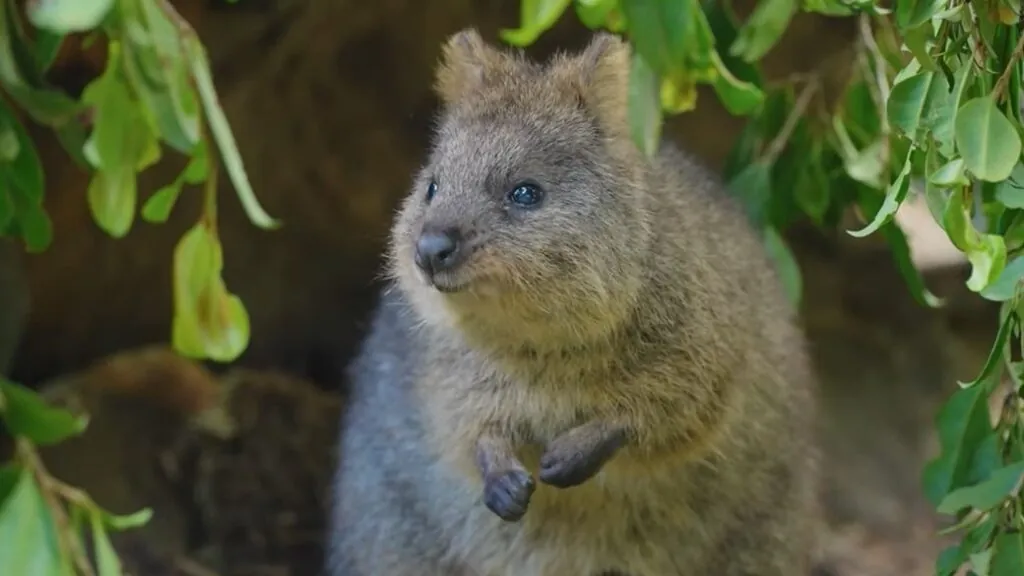
The quokka, often dubbed the “happiest animal in the world,” is a small marsupial native to Western Australia, particularly abundant on Rottnest Island and Bald Island. These charming creatures are renowned for their friendly and curious nature, often approaching humans and posing for photos.
Quokkas, one of the most adorable baby animals, are herbivores, primarily feeding on leaves, bark, and grass. They have a lifespan of up to ten years and are mainly nocturnal, spending their days resting in the shade. Notwithstanding their cheerful demeanor, quokkas are classified as vulnerable due to habitat loss and predation by non-native species on the mainland. They typically weigh between 2.5 to 5 kilograms and have compact bodies with round faces and short, stubby tails.
2. Red Panda
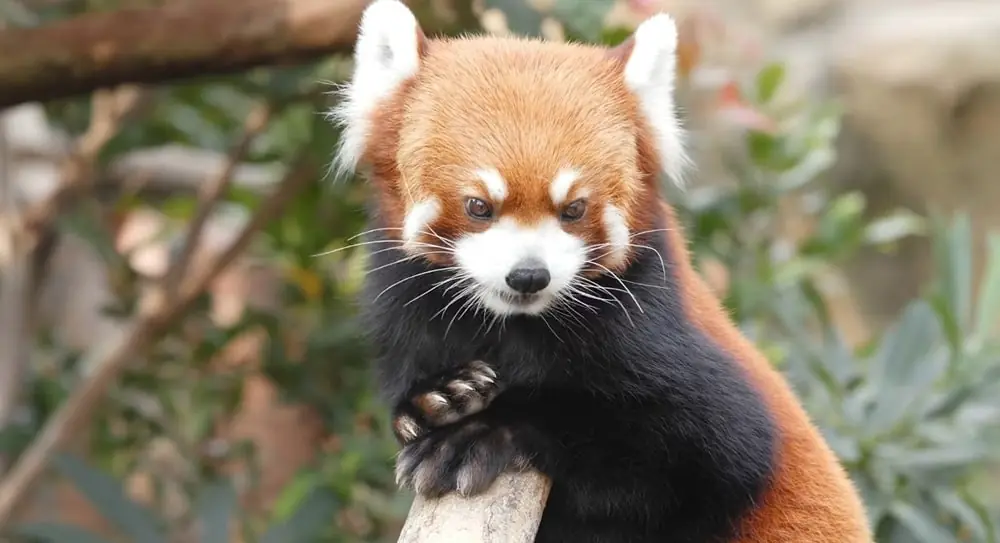
Red pandas (Ailurus fulgens), also known as lesser pandas, are among the cutest baby animals in the world. Native to the eastern Himalayas and southwestern China, these small mammals are slightly larger than domestic cats, measuring about 20 to 25 inches (51 to 63.5 cm) in body length with an additional 11 to 19 inches (28 to 48.5 cm) for their tail. They typically weigh between 7 and 14 pounds (3.2 to 6.2 kg).
Red pandas have dense reddish-brown fur, a black belly and legs, white-lined ears, and a ringed tail. They are highly agile and spend most of their time in trees, using their bushy tails for balance and warmth. Red pandas primarily feed on bamboo, but their diet also includes fruits, blossoms, and small animals. Unfortunately, they are listed as endangered due to habitat loss and fragmentation, with fewer than 10,000 individuals remaining in the wild.
3. Fennec Fox
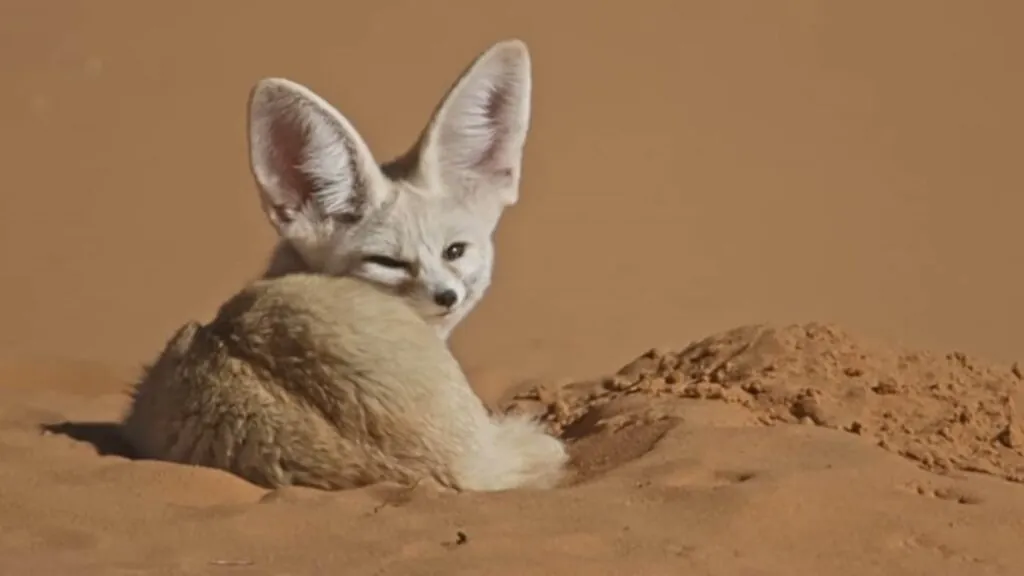
The Fennec Fox, known for its distinctive large ears and endearing appearance, is often regarded as one of the cutest baby animals in the world. Native to the Sahara Desert in North Africa, these tiny foxes are the smallest of all canids, typically weighing between 1.5 to 3.5 pounds and measuring about 9 to 16 inches in body length, with an additional 7 to 12 inches for the tail.
Fennec foxes, one of the cute baby animals, are well-adapted to their harsh desert environment, with their large ears aiding in dissipating heat and enhancing their exceptional hearing. These nocturnal creatures are highly social, living in small communities, and communicate through a variety of vocalizations, from barks to purrs. Their diet mainly consists of insects, small mammals, and plants, making them omnivorous.
4. Koala
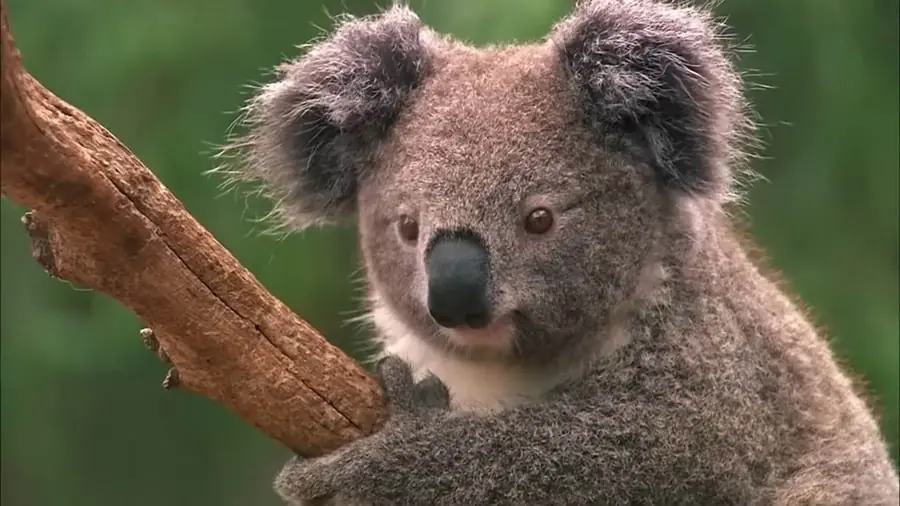
Koalas are undeniably among the cutest baby animals in the world, known for their fluffy bodies, round faces, and large ears that make them resemble teddy bears. These marsupials are native to Australia and primarily live in eucalyptus forests, where they spend most of their time in the trees.
Baby koalas, or joeys, are born extremely underdeveloped – blind, deaf, and hairless. They stay in their mother’s pouch for about six months, during which time they grow fur and their eyes and ears develop. Once they emerge, they begin eating eucalyptus leaves, which are their primary diet. In spite of their cuteness, koalas face significant threats from habitat loss, disease, and climate change. An adult koala typically weighs between 9 and 33 pounds and measures about 2 to 3 feet in length.
5. Hedgehog
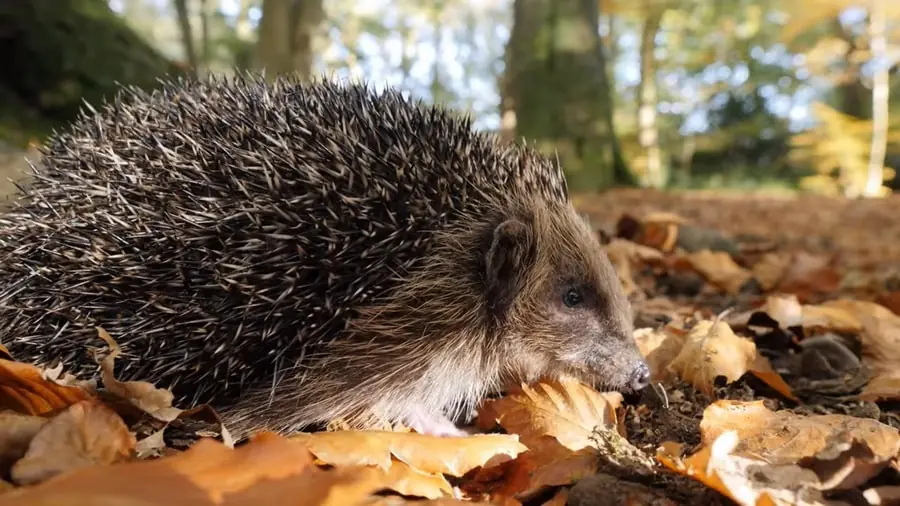
Baby hedgehogs, also known as hoglets, are incredibly adorable with their tiny, spiky bodies and curious behaviors. At birth, they are about three to four inches long and weigh just 10-15 grams. As they grow, they can reach a length of 7-14 inches and weigh between 0.2 to 2 kg, depending on the species. Hedgehogs are born with soft, pale spines that harden after a few weeks. These little creatures are known for their vocalizations, including grunts, snorts, and even cries that resemble those of a human baby when distressed.
Baby hedgehogs, one of the most adorable baby animals, have a remarkable ability to tolerate snake venom due to a protein called erinacine in their muscles. They grow a single set of teeth throughout their lives, making them unique among small mammals. Hedgehogs are not rodents but belong to the order Eulipotyphla. They become independent at about four to six weeks old and can live up to seven years in the wild and even longer in captivity.
6. Meerkat
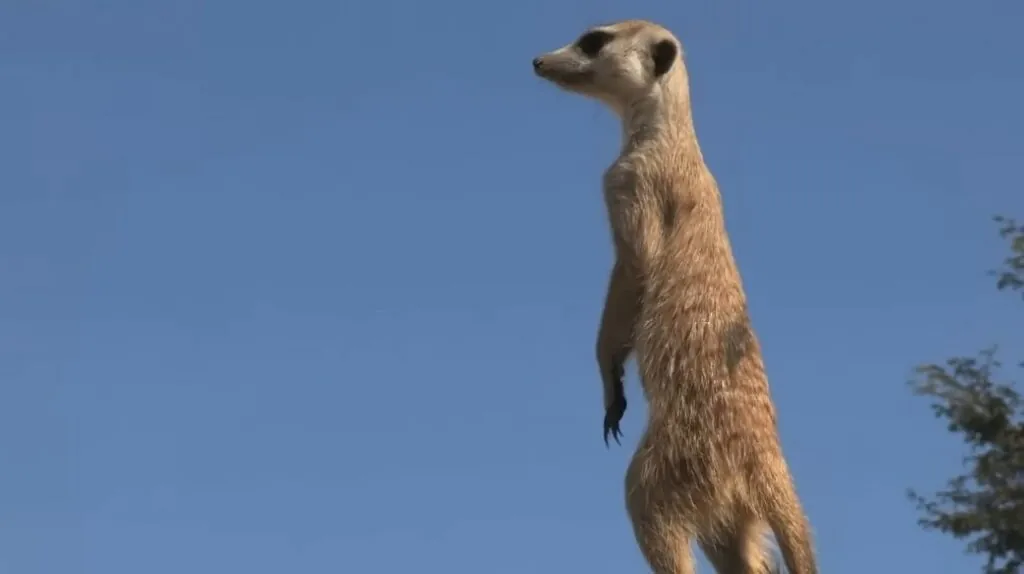
Meerkat babies, known for their cuteness, are small mongooses native to southern Africa. Their endearing appearance features large eyes, broad heads, and tiny outer ears, contributing to their adorable look. These social animals live in groups, often seen standing upright to watch for predators, a behavior that adds to their charm.
Meerkats, one of the cute baby animals, typically grow to about 10-14 inches in length, with a tail adding another 7-10 inches, and weigh around 1.5 to 2 pounds as adults. Their playful and social nature, combined with their distinct physical features, make them one of the most captivating baby animals in the world.
7. Axolotl
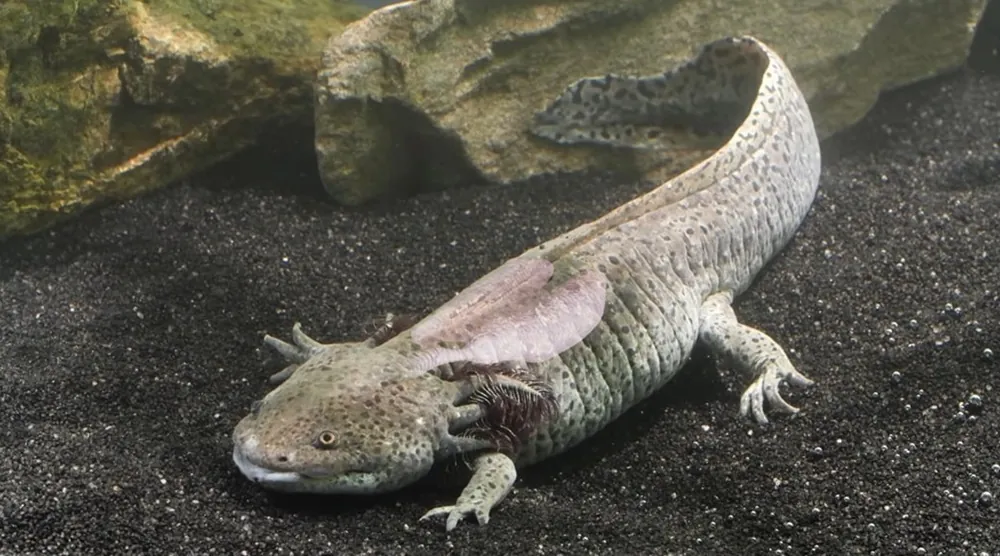
The axolotl, often called the “Mexican walking fish,” is an irresistibly cute amphibian known for its perpetual smile and unique features. Its charming appearance is largely due to neoteny, a trait where it retains juvenile features throughout its life, making it look like a baby even in adulthood. Axolotls, one of weirdest animals in the world, have feathery external gills that look like delicate pink tufts and a wide, expressive mouth that seems to smile, endearing them to many as one of the cutest animals in the world.
Regardless of their cuteness, axolotls are critically endangered in the wild, primarily due to habitat loss and pollution in their native waters around Mexico City. Conservation efforts are underway to protect and restore their natural habitat. Their unique regenerative abilities, which allow them to regrow lost limbs and even parts of their hearts and brains, make them a focus of scientific research, particularly in regenerative medicine
8. Piglet
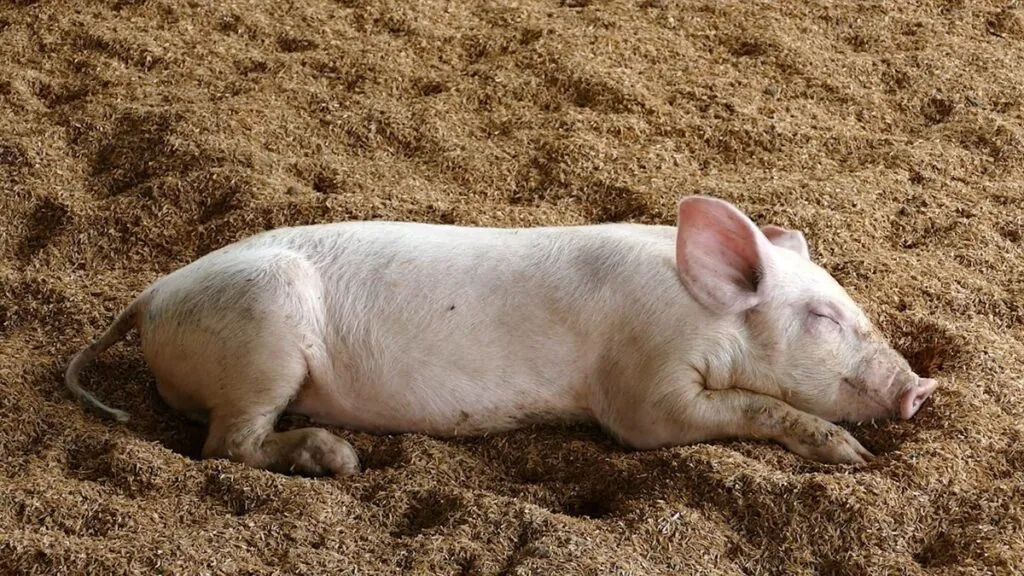
Piglets are irresistibly cute and hold a special place in the hearts of animal lovers worldwide. These baby pigs are known for their playful and curious nature, which is often accompanied by a series of adorable grunts and squeals. Piglets are highly intelligent animals, capable of learning their names and recognizing their mothers’ voices within just two weeks of birth.
Their intelligence is matched by their sociability, as piglets are known to form close bonds with their littermates and other animals. They communicate using a variety of vocalizations, making them quite chatty creatures. Contrary to popular belief, pigs are actually very clean animals and will keep their living areas tidy if given the chance. Piglets come in a variety of breeds, each with unique characteristics. Popular breeds include the American Mini Pig, Pot-bellied Pig, and Juliana Pig, known for their small size and friendly disposition
9. Flapjack Octopus
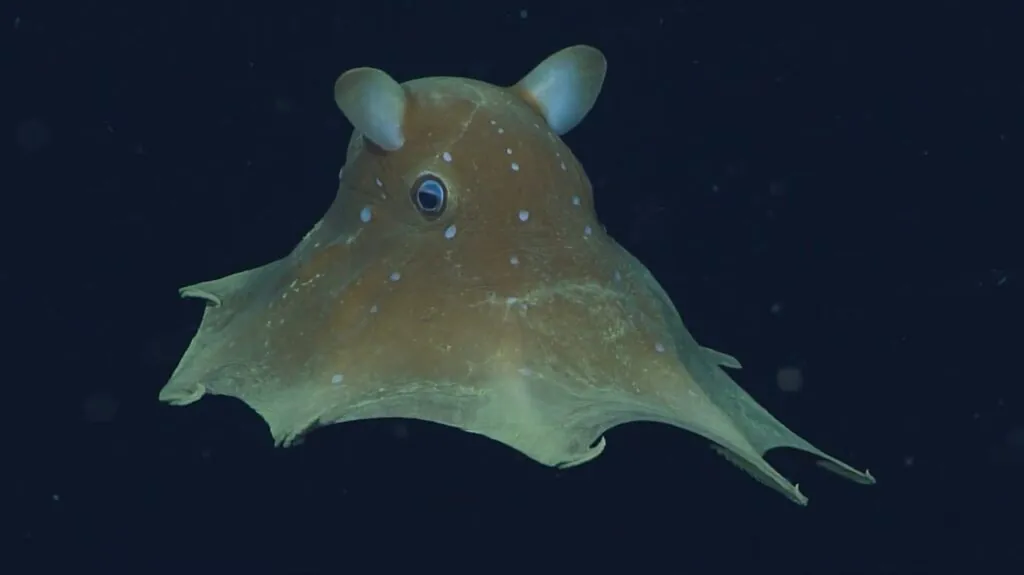
The flapjack octopus (Opisthoteuthis californiana) is an enchanting deep-sea creature known for its adorable appearance and unique adaptations. Found primarily off the coasts of California and Japan, this small octopus measures up to 20 centimeters in length. Its body is gelatinous and round, with ear-like fins that help it navigate the ocean depths.
Unlike many octopuses, the flapjack octopus cannot change its color due to the absence of chromatophores, cells that facilitate color change. Instead, it relies on its natural reddish hue to blend into the deep-sea environment, as red light is quickly absorbed in water, making it nearly invisible to predators.
10. Numbat
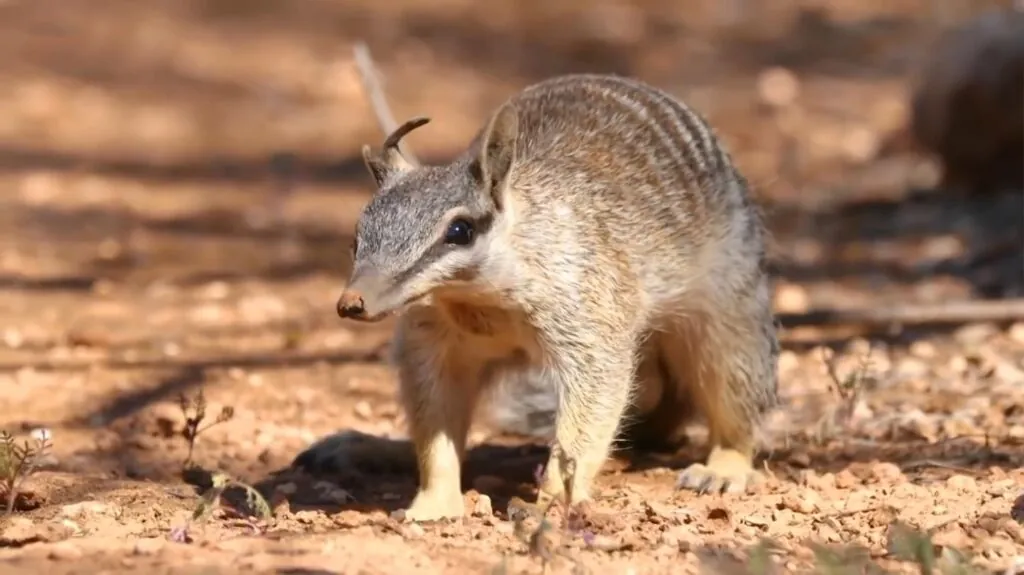
The numbat, also known as the banded anteater, is a small, diurnal marsupial native to Australia, particularly Western Australia. This adorable creature is recognized for its distinctive stripes and bushy tail. Numbats are about 16 to 21 centimeters (6.3 to 8.3 inches) long, excluding their tail, which adds another 13 to 17 centimeters (5.1 to 6.7 inches). They have a slender snout and a long, sticky tongue, which they use to feed on termites, consuming up to 20,000 of them per day.
Numbats, one of the most adorable baby animals, are endangered, with fewer than 1,000 mature individuals remaining in the wild, primarily due to habitat loss and predation by introduced species such as foxes and feral cats
To wrap up, the top 10 cute baby animals were selected based on several criteria, including unique physical features, behaviors that evoke a sense of wonder and joy, and their popularity among animal lovers worldwide. From the perpetually smiling axolotl to the playful piglet, the charming flapjack octopus, and the distinctively striped numbat, each of these animals showcases nature’s creativity and diversity. These creatures captivate us with their cuteness and remind us of the importance of conserving their habitats and ensuring their survival for future generations.
